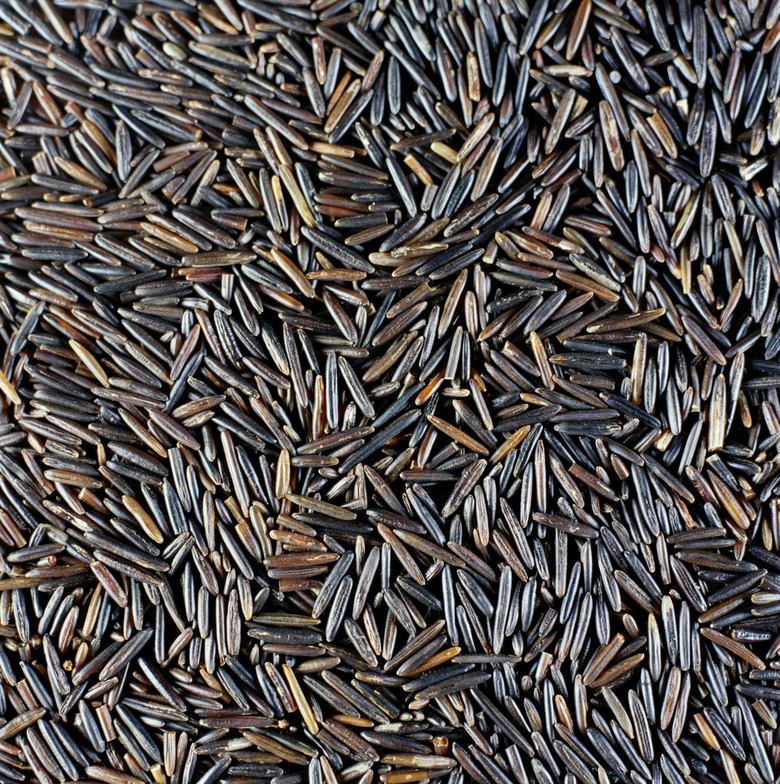When To Plant Wild Rice In North Carolina
You can plant wild rice (Zizania palustris) in spring or fall in North Carolina. Wild rice thrives in water, making it ideal for slow moving streams and around the edges of ponds, or even in a consistently wet drainage ditch. Within North Carolina's U.S. Department of Agriculture plant hardiness zones 5b through 8b, this annual will often self-seed, coming back year after year. Look for wild rice under the alternate common name Zizania aquatica.
Step 1
Fall is the best time to plant wild rice in North Carolina. You can plant anytime in fall before the ground freezes in winter. Over winter, when temperatures drop below freezing, the rice seed remains damp and dormant in the soil. In fact, wild rice seeds require a period of chilling in cold damp soil or water before they will germinate. When the weather warms up in spring and water temperatures reach 45 degrees Fahrenheit, the seeds will germinate and sprout.
Spring Planting
Step 1
If you miss the fall planting date and the ground freezes over, you can plant wild rice seed in early in spring. Before you can spring plant in North Carolina you have to pretreat the seeds. To pre-treat, put wild rice in a jar with a tight fitting lid in the fall. Fill the jar with cool water until it covers the wild rice seed and then store it at 33 to 35 F through the winter. Drain the water in the jar every three to four weeks and replace it with fresh, cool water to keep your wild rice seed viable.
Step 2
- Fall is the best time to plant wild rice in North Carolina.
- Fill the jar with cool water until it covers the wild rice seed and then store it at 33 to 35 F through the winter.
Wild Rice Seed
Step 1
Don't plant wild rice from the grocery store as processing and drying methods used for the consumer product make it unlikely to germinate. Instead, use freshly harvested wild rice seed or seed purchased from a seed supplier. Wild rice seed only remains viable for about four weeks after harvest unless you store it in near freezing water. If you can't plant in the fall within four weeks of harvest, store it in cool water between 33 and 35 F until you can plant in the spring. Wild rice harvest falls in late summer in North Carolina, generally about four to four-and-a-half months after the seeds germinate and sprout in the spring.
How to Plant
Step 1
Wild rice needs a damp or wet area to grow and can grow in up to 2 feet of water. Ponds, slow-moving streams and cultivated drainage ditches are ideal as long as the water has some flow. Avoid stagnant water or wild rice seeds will fail. To plant, take a handful of seed and scatter it into the wet area. The seed will sink to the bottom and germinate in the wet soil under the water. Wild rice needs a muddy bottom to grow well.
Step 2
- Don't plant wild rice from the grocery store as processing and drying methods used for the consumer product make it unlikely to germinate.
- Wild rice seed only remains viable for about four weeks after harvest unless you store it in near freezing water.
Planting in Containers
Step 1
In North Carolina and other frost-prone regions, you can plant wild rice in pots in a greenhouse in late winter and then plant out in the spring when the ground thaws. Use 3-inch-diameter pots filled with wet potting soil. Press two wild rice seeds into the top of the soil in each container and then sink the containers in 4 to 5 inches of water. Keep the water around 45 F. In spring, when the water and ground thaws, transplant the seedlings into a wet area of the garden.
